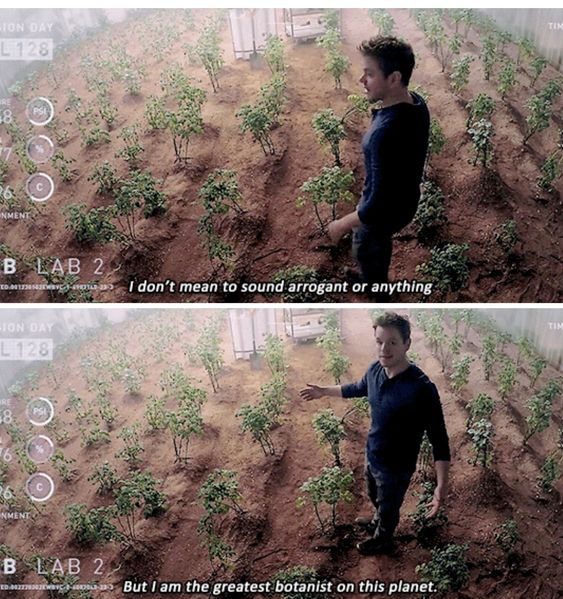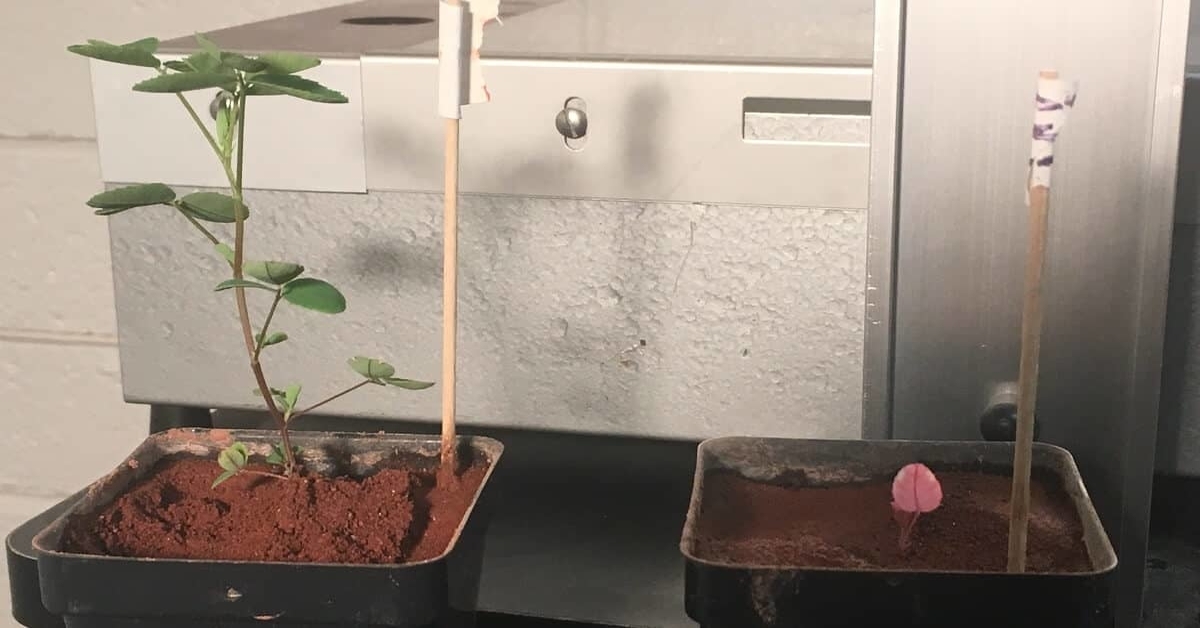Somebody call Matt Damon, because scientists have found a way to successfully grow plants in Martian soil.
The producers of the highly-acclaimed film, The Martian, seemed to have gotten the technicalities of growing greenery on Mars somewhat right. In the film, Damon’s character, Mark Watney, who was an astro-botanist, ingeniously used faecal waste to fertilise his Martian garden.
Billions and billions of bacteria call poop home-sweet-home. And that’s exactly what Martian soil needs in order to sustain plant life—microbes.
Bacteria is a plant’s best friend.
In a recent study carried out by a team of agricultural biologists from Colorado State University, nitrogen-fixing bacteria, Sinorhizobium meliloti, are key to fertile, healthy Martian soil. Nitrogen-fixing bacteria are microbes capable of taking unusable nitrogen from the air and transforming it into bio-available nitrogen compounds that plants can use to grow.
Martian regolith is anything but agriculture-friendly. It lacks micronutrients and nitrogen, the most vital nutrient required for healthy plant growth after carbon, oxygen and water.
To overcome these thorny challenges, the researchers decided to get to the root of the problem—the lack of nitrogen. Companion cropping, an agricultural strategy used by the Indigenous peoples of North America, was the inspiration for their study. Native Americans grew squash, corn and beans together since corn is nitrogen-hungry, and beans can replenish nitrogen in the soil using their symbiotic relationship with bacteria. (In case anyone is wondering where squash fits in this, the wide leaves of the squash plants shade the ground and keep the soil moist.)
The scientists simulated this by creating a regolith similar to that found on Mars and inoculating it with the S. meliloti microbe cultures. Clovers were chosen as the test plants as they could grow densely and quickly, with the focused purpose of modifying soil conditions. To their surprise, the clover plants supplemented with the microbes enjoyed 75% more root and shoot growth than those without the microbes.
Destination: The Red Planet.
The idea of terraforming Mars is not something new. But to do so, one of the first crucial steps is to address the need to grow plants and crops on the planet, in order to create a sustainable environment for human habitation.
Through this research, it’s shown that the future of agriculture on the Red Planet might rely heavily on these symbiotic microbes, though more research is needed to determine if other plant species would respond similarly.
Furthermore, such studies could also have some down-to-Earth implications. Scientists can better understand soil and agriculture on Earth and may help us create a more sustainable farming environment on our home planet first.
But one thing’s for sure—Mark Watney’s title of ‘The Greatest Botanist on the (Red) Planet’ is now on shaky grounds!





































